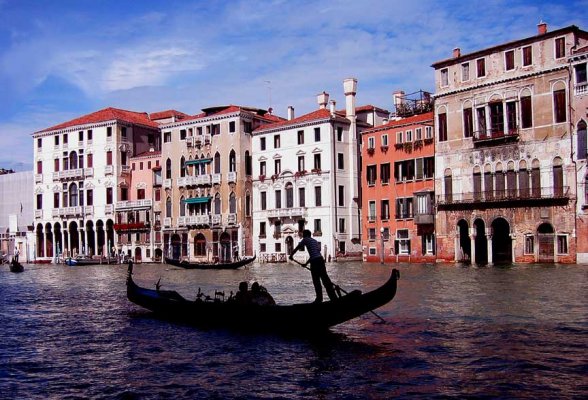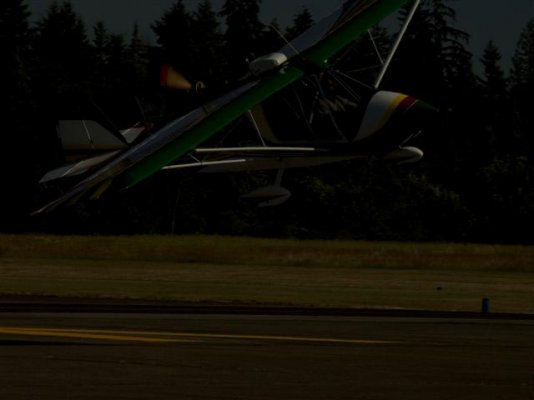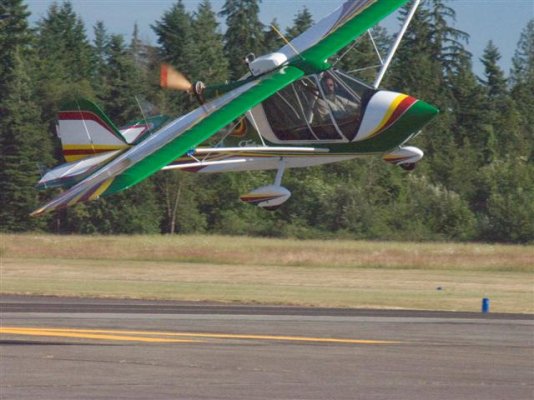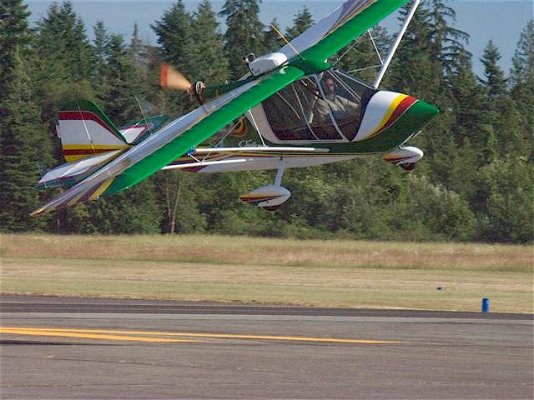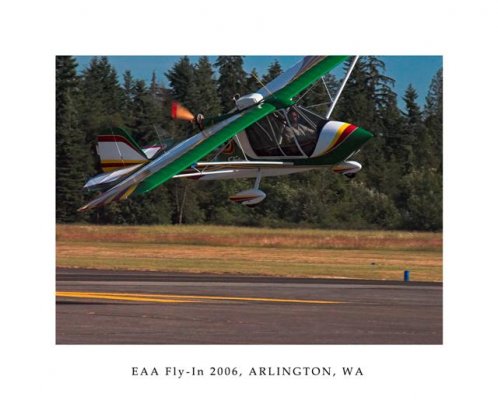I received an electronics club email with the following info:
******************************
"If you want maximum image quality, don't use JPG (.jpg) in your
camera. Use some loss-less format like TIF or BMP (ugh). By
definition, JPG gives up image details to minimize file size. AND,
that happens EACH TIME you save! That means, if you have a perfect
image saved in JPG and just want to tweak something (e.g. redeye),
when you save the picture next time - you lose more image quality.
If you save it as little as three times, you SHOULD see a visual
degradation in the image. None of this is true in TIF of BMP
formats. Once you have optimized your image, THEN you can consider
JPG - ONCE - to achieve a smaller file size.
Of course, you camera might not offer a loss-less format - but I
would be VERY surprised if that was true"
**********************
I have a Canon PowerShot SD550 Digital Elph. I have several choices of size and resolution, but not format. I think all the files are saved as .jpg. When there are hundreds of pictures, or even dozens, I don't want to have to open each one and save as .bmp or .tif.
Does everyone agree with the above info? That every .jpg photo loses pixels with each save? Any solutions? Any further info? Comments? Suggestions? Warnings? How can a digital file lose info?
--pat
******************************
"If you want maximum image quality, don't use JPG (.jpg) in your
camera. Use some loss-less format like TIF or BMP (ugh). By
definition, JPG gives up image details to minimize file size. AND,
that happens EACH TIME you save! That means, if you have a perfect
image saved in JPG and just want to tweak something (e.g. redeye),
when you save the picture next time - you lose more image quality.
If you save it as little as three times, you SHOULD see a visual
degradation in the image. None of this is true in TIF of BMP
formats. Once you have optimized your image, THEN you can consider
JPG - ONCE - to achieve a smaller file size.
Of course, you camera might not offer a loss-less format - but I
would be VERY surprised if that was true"
**********************
I have a Canon PowerShot SD550 Digital Elph. I have several choices of size and resolution, but not format. I think all the files are saved as .jpg. When there are hundreds of pictures, or even dozens, I don't want to have to open each one and save as .bmp or .tif.
Does everyone agree with the above info? That every .jpg photo loses pixels with each save? Any solutions? Any further info? Comments? Suggestions? Warnings? How can a digital file lose info?
--pat

